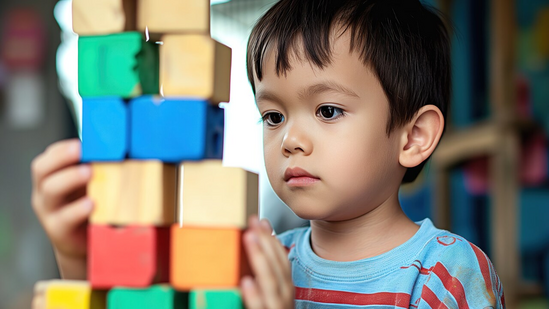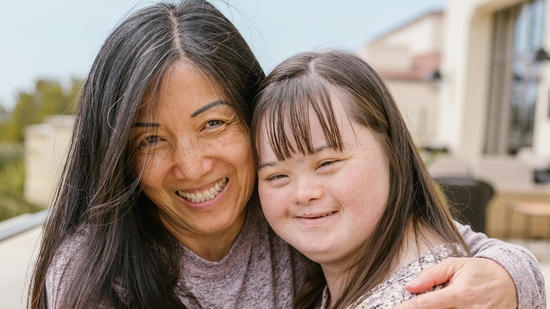Top 7 ways to create an autism-friendly home for your child
Published on May 13, 2024 06:00 AM IST
From establishing consistent routines to creating a sensory-friendly space, discover the top seven ways to create an autism-friendly haven within your home.
1 / 8

Published on May 13, 2024 06:00 AM IST
Creating an autism-friendly home environment is crucial for promoting comfort, safety, and independence for children on the autism spectrum. Parents can foster an environment that supports their child's well-being and development by implementing sensory-friendly design, organization, and routine strategies. Mark Blakey, a writer for Autism Parenting Magazine, discusses the top six ways to create an autism-friendly home for your child.(Unsplash)
2 / 8

Published on May 13, 2024 06:00 AM IST
Minimise Sensory Overload: Children with autism can be sensitive to certain sounds, lights, and textures. Blakey says, ‘Consider using soft lighting, noise-cancelling headphones, and sensory-friendly materials to create a calming environment.’(Pixabay)
3 / 8

Published on May 13, 2024 06:00 AM IST
Establish Consistent Routines: Routines provide structure and predictability, which can be comforting for children with autism. Develop consistent routines for daily activities, such as mealtimes, bedtimes, and playtime.(Pixabay)
4 / 8

Published on May 13, 2024 06:00 AM IST
Create A Sensory-Friendly Space: Designate a quiet, low-stimulation area in your home where your child can retreat when feeling overwhelmed. This space can include comfortable seating, calming lighting, and sensory toys or activities.(Pixabay)
5 / 8

Published on May 13, 2024 06:00 AM IST
Organize and Label: Clear organization and labelling can help children with autism navigate their environment more easily. ‘Use visual cues, such as pictures or colour-coding, to label items and areas in your home,’ says Blakey.(Pixabay)
6 / 8

Published on May 13, 2024 06:00 AM IST
Provide Visual Schedules: Visual schedules can help children with autism understand and anticipate daily activities and transitions. Use pictures, symbols, or written schedules to communicate routines and expectations.(Unsplash)
7 / 8

Published on May 13, 2024 06:00 AM IST
Incorporate Sensory-Friendly Furniture and Decor: Choose furniture and decor that are comfortable and calming for your child. ‘Consider using soft textures, muted colours, and minimalistic designs to create a soothing environment,’ adds Blakey.(Unsplash)
8 / 8

Published on May 13, 2024 06:00 AM IST





